Book Review
Most people in the food world have heard of Slow Food. It is the movement started when Carlo Petrini rallied people to protest the opening of the first McDonald’s in Rome in 1986. The big idea behind Slow Food boils down to “good, clean, fair, food for all.” Globalized, commoditized, mass-produced food that is focused more on generating stock market returns than healthy, happy people has taken us to cheap food at the expense of good food. I really like Slow Food’s focus on sense of place, traditions, and diversity—with a heavy emphasis on the joy of preserving and exploring our culinary treasures (though I still think there is a lot of room for novelty, experimentation, and fusion too). But what does all this have to do with money? How does the idea of Slow Food translate into hundreds of investors making more than $30M in critical investments in over 200 sustainable food ventures in the last few years? In short, how does a protest in Italy become a low interest loan in North Carolina for a commercial blender?
If you look into Slow Money at all, you quickly arrive at Woody Tasch’s book, Inquiries into the Nature of Slow Money: Investing as if Food, Farms, and Fertility Mattered, published in 2009. I will admit that the title is a bit of a mouthful and the text itself is a bit meandering, as much meditation and manifesto. Tasch’s writing is passionate and poetic (which is a bit surprising from a money guy) and not really organized as a linear tract. People seem to disagree about whether that makes it more or less powerful. At the very least, it feels genuine. And genuine goes a long way these days.
So, what is Slow Money? By the book, it starts from idea or really a set of ideas. They are distilled in six Slow Money Principles. I encourage you to read them and sign the pledge if it moves you.
For me, it boils down to the idea that when money is abstracted and removed from its place, money-managed-for-money’s-sake, it gains speed and volume, but it loses connection, loses power, and, in fact, loses value in the true sense of the word. The realm we can feel it most is in relation to our food system and the way short-term efficiency has compromised the sustainability, healthfulness, and integrity of the system. We have become incredibly good at producing vast quantities of cheap, bad food and the impact on our health, well-being, and environment has been catastrophic. Slow Money is a call to bring things back to a human scale, a local scale, a realm where money carries meaning, so the percentage rate of return is such an incomplete expression of value as to be almost irrelevant.
That’s great. But it’s really philosophy. It still didn’t answer my real questions, which was. “How can Slow Money have an actual impact on the food entrepreneurs I know?” So, maybe I was changing the question from, “What is Slow Money?” to “How does actually Slow Money work?”
If it is a really a call for investors to pay attention to the details of what their money actually does and for more people to put their resources back into sustaining their communities, how do we actually do that? This is where Inquiries into the Nature of Slow Money kind of ends, but Slow Money the organization takes off.
The “How?” is still a work in progress, but progress is being made, to the tune of millions of dollars invested. It has started with encouraging more people to make Slow Money investments. Slow Money investments can be anything from a low-interest loan for a couple thousand dollars for new equipment, to a larger “angel” investment in the 10s or 100s of thousands for startup or expansion with the right set of expectations—often just getting your money-back someday or enjoying having a minority stake in a sustainable business venture. For an active example, check out Slow Money NYC and the Foodshed Investors NY angel investor network.
Recently, Slow Money has leveraged the crowdfunding model through their Gatheround live, online events. Ordinary folks who want to contribute to a Slow Money venture donate $25 or more to participate in a web-based pitch event where three entrepreneurs present about their sustainable food ventures. At the end of the event, they decide which business gets their donation. Pretty cool.
Small ventures.
Craft food.
Artisanal beverages.
Sustainable agriculture.
Regional distribution and niche suppliers.
Unique restaurants and retail.
They aren’t made to generate massive wealth or grow forever. Most of them can’t support high interest loans and will never pay a big dividend to investors. Banks struggle to help them. Venture Capitalists and Private Equity Firms wouldn’t give them a second thought. But they are vital to our communities and the rebirth of the regional craft food and beverage system.
Slow Money is about investing in people, purpose, and place and considering profit as a means to sustainability, not an end in itself. Something as simple as making a small loan to a food entrepreneur you know is how it starts. If you are a food entrepreneur looking for capital, think of Slow Money as a way to raise the conversation with friends and community members about investing in your venture.
I will leave you with one of my favorite parts of the Slow Money Principles:
“What would the world be like if we invested 50% of our assets within 50 miles of where we live?”



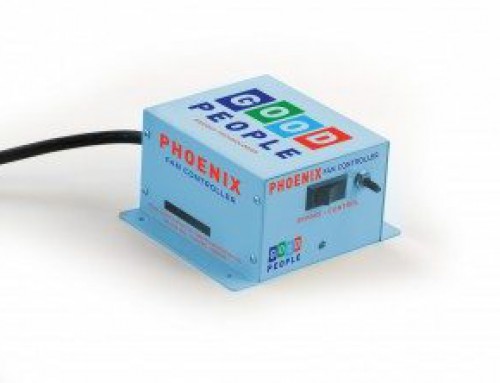
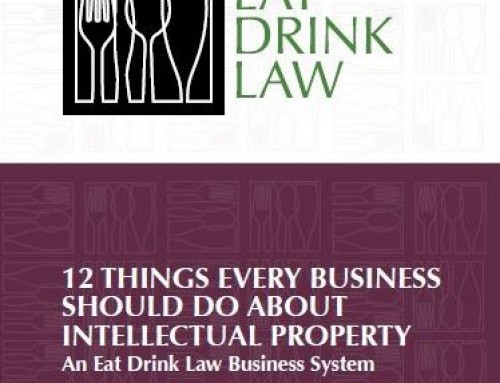
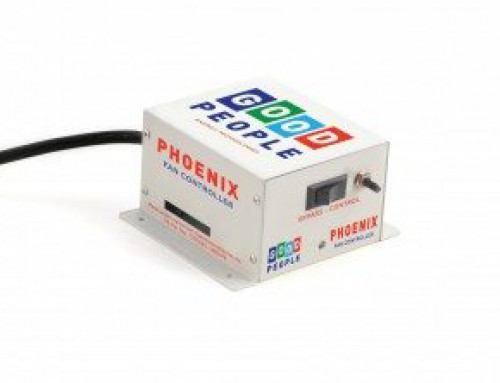
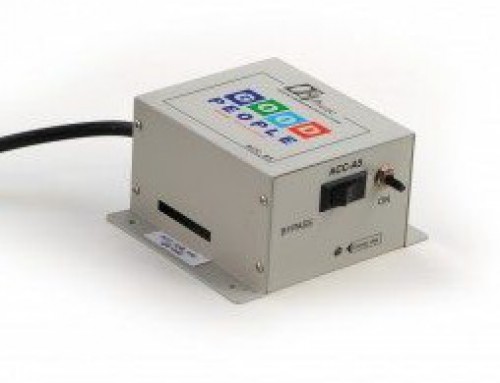
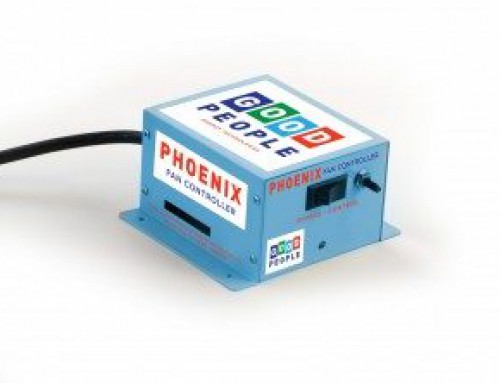
Leave A Comment